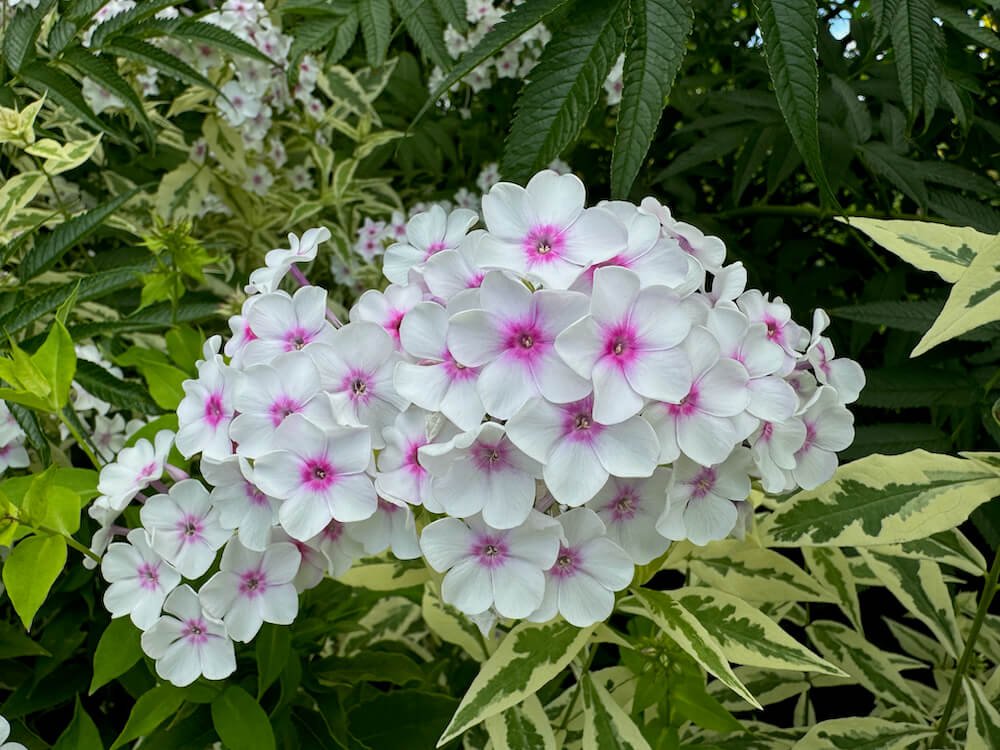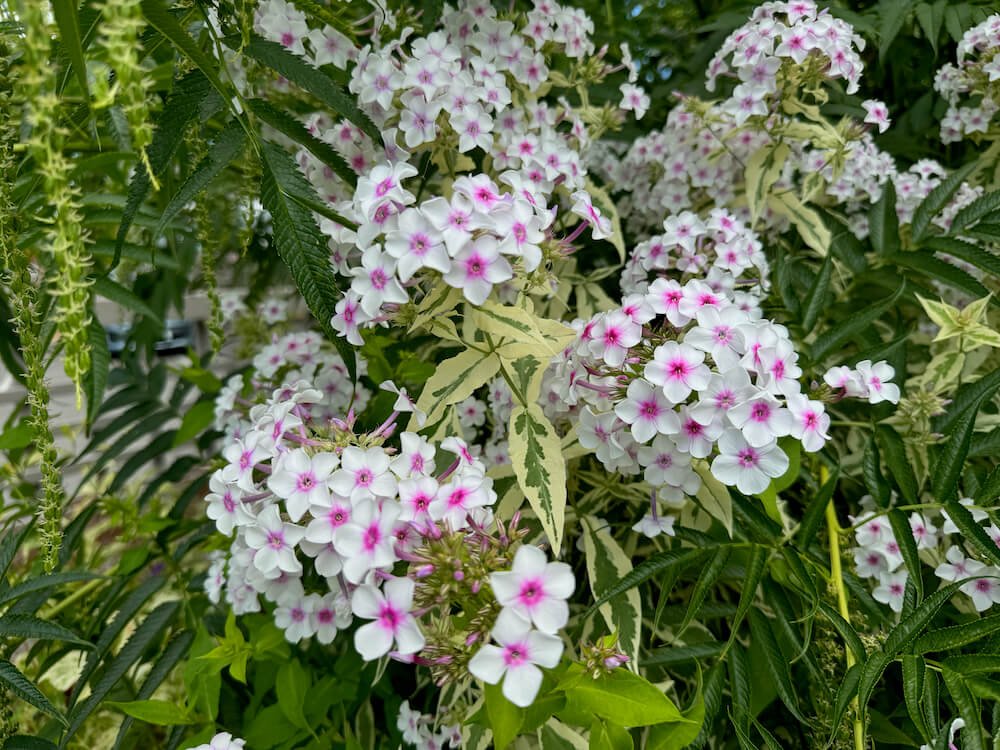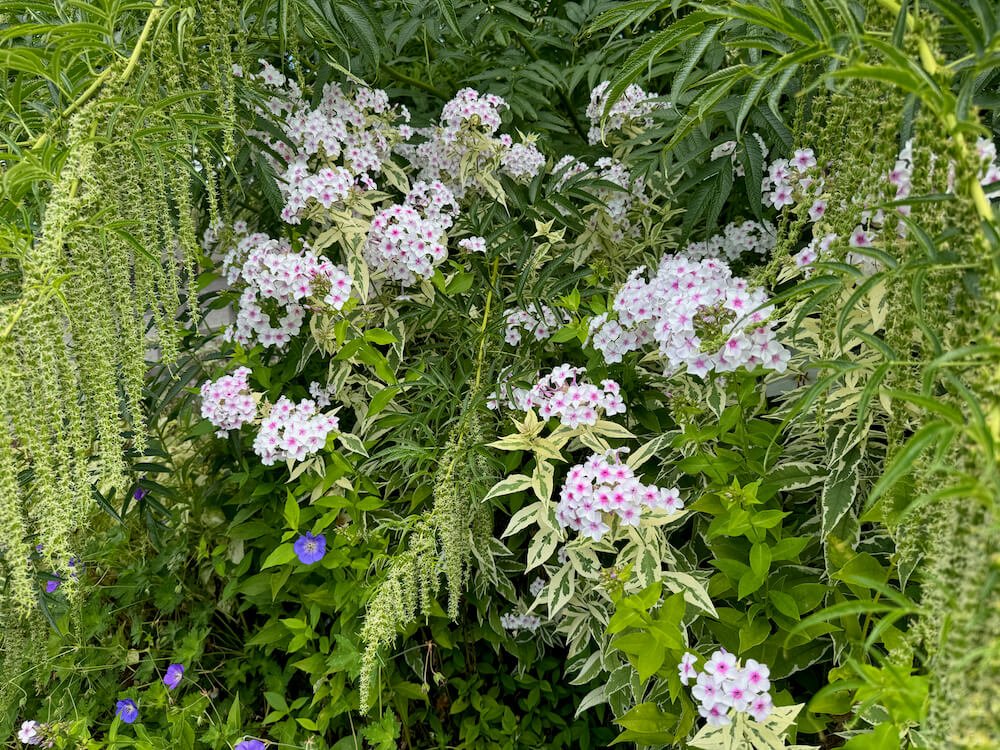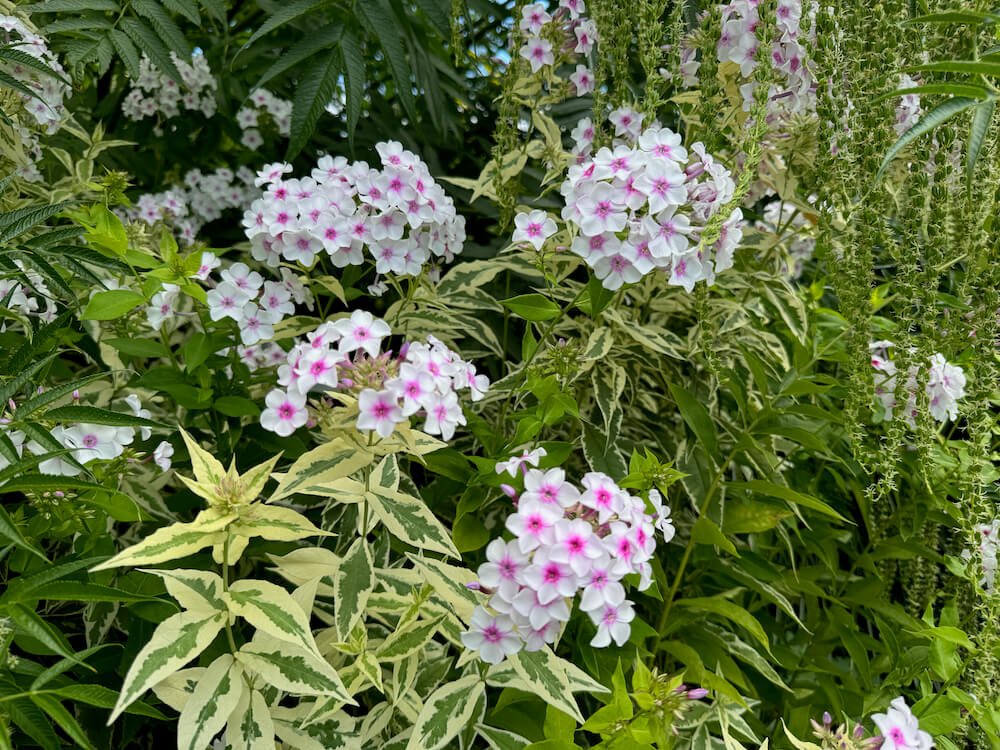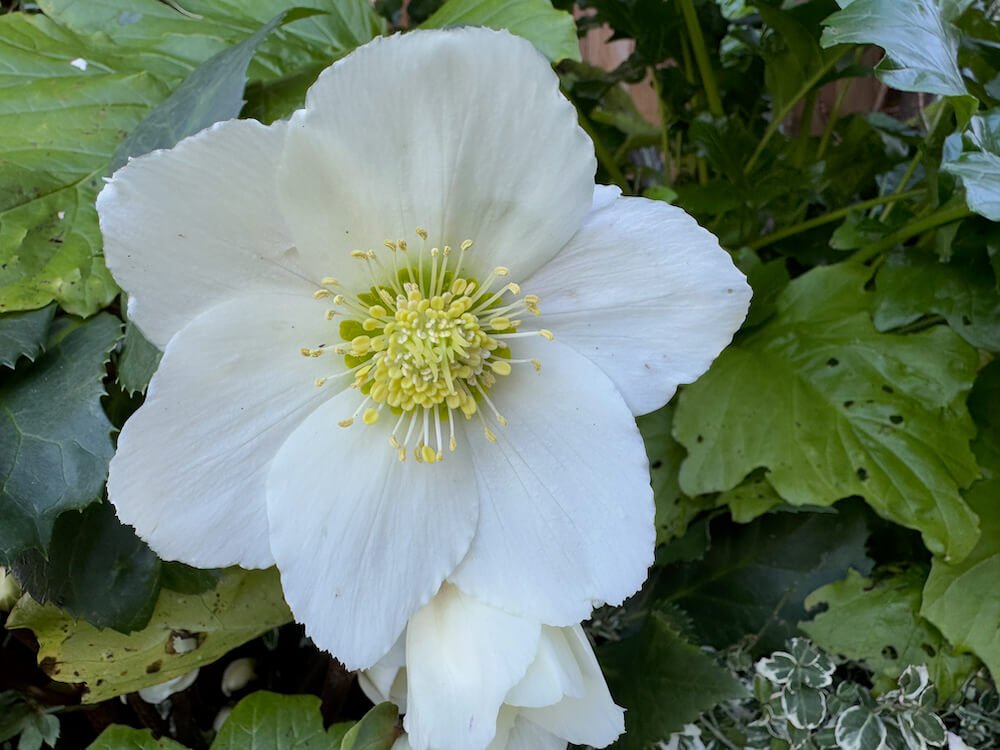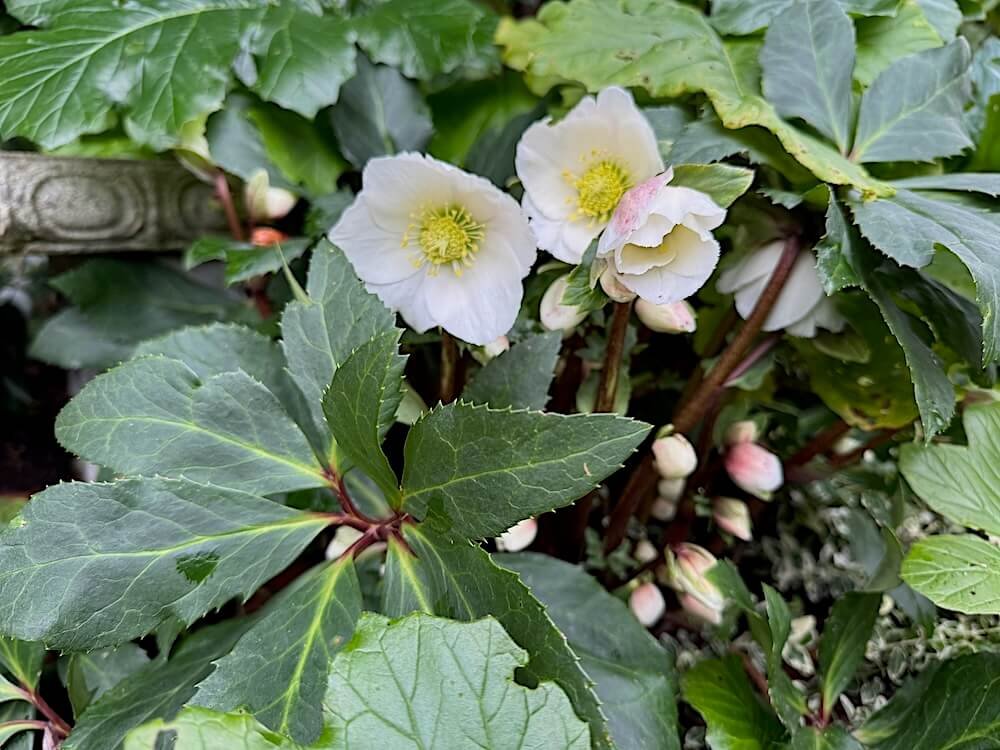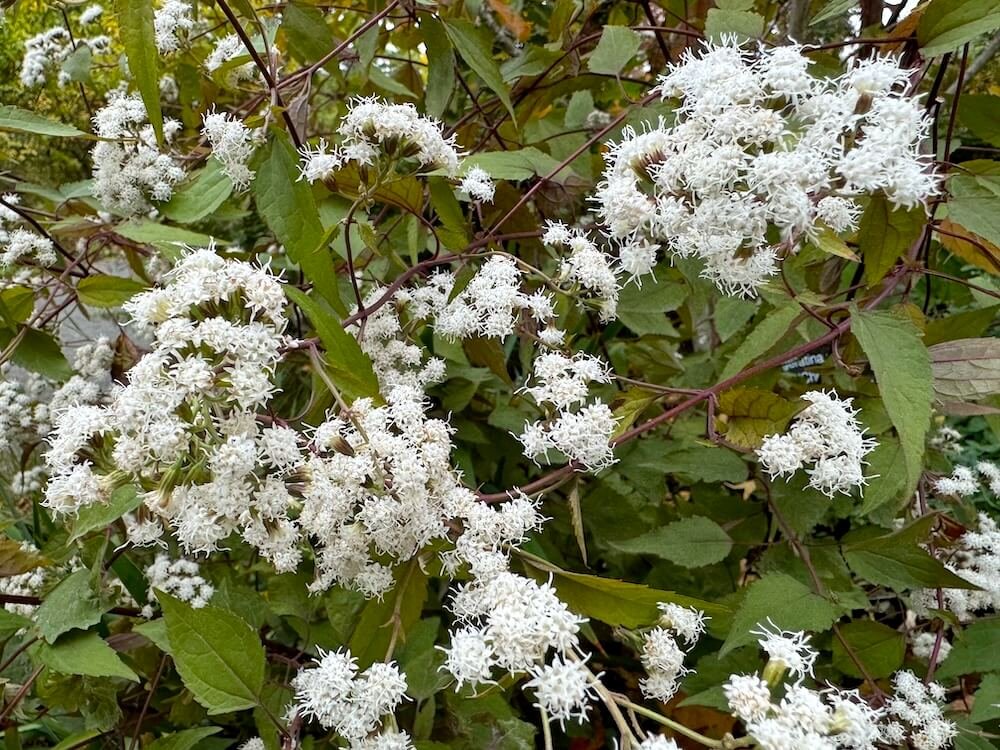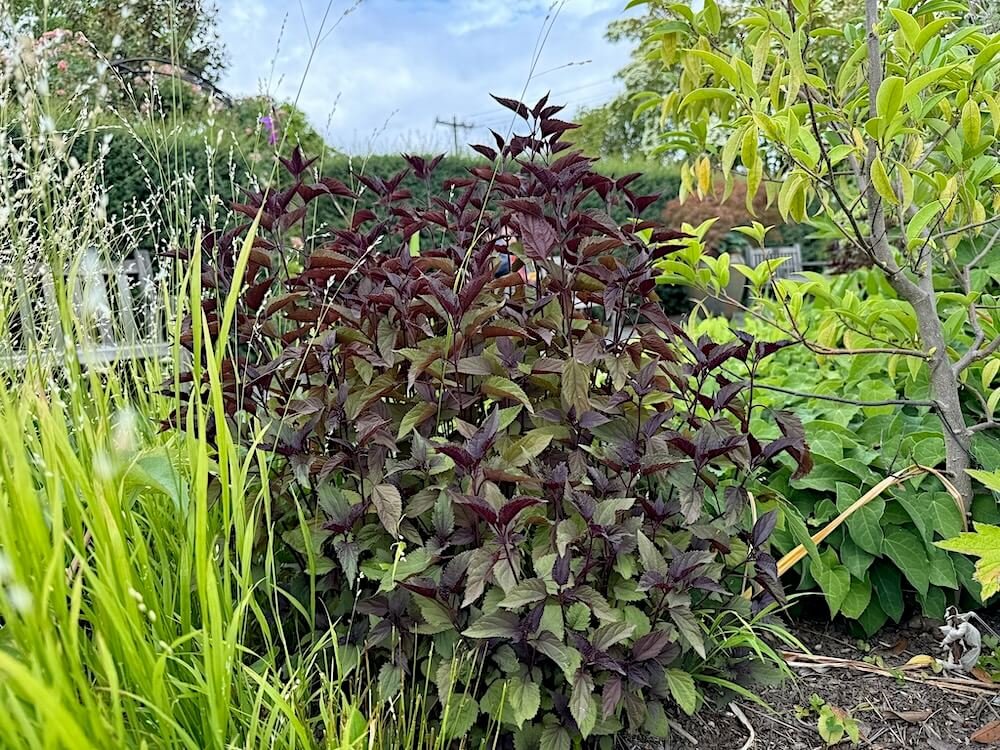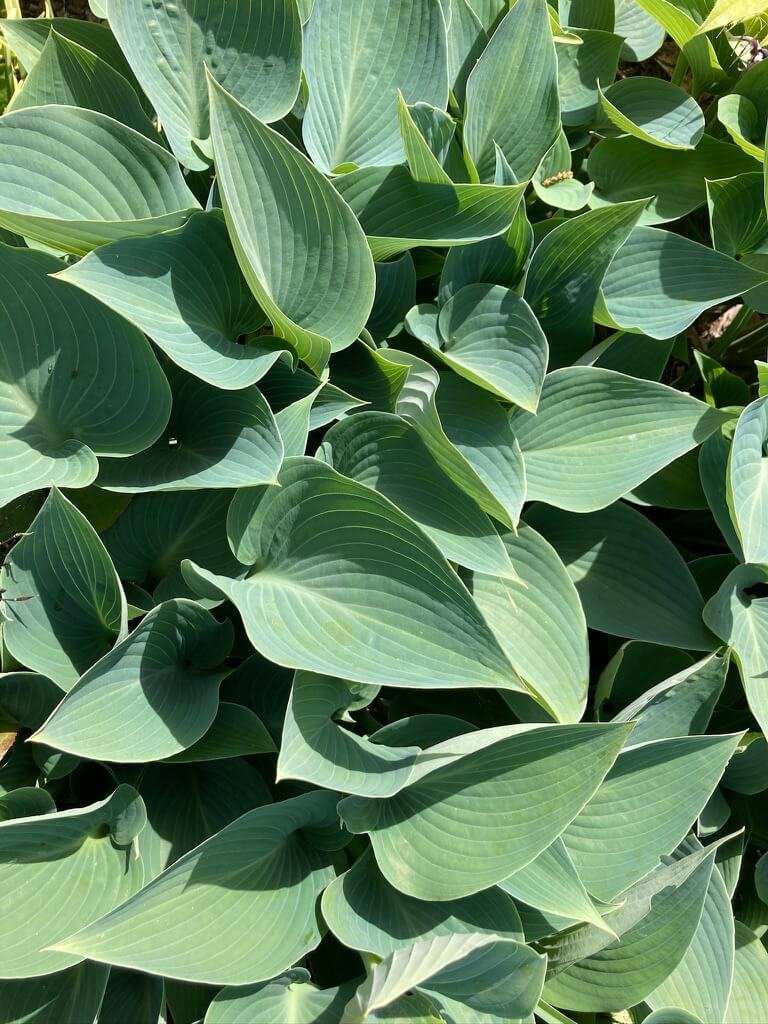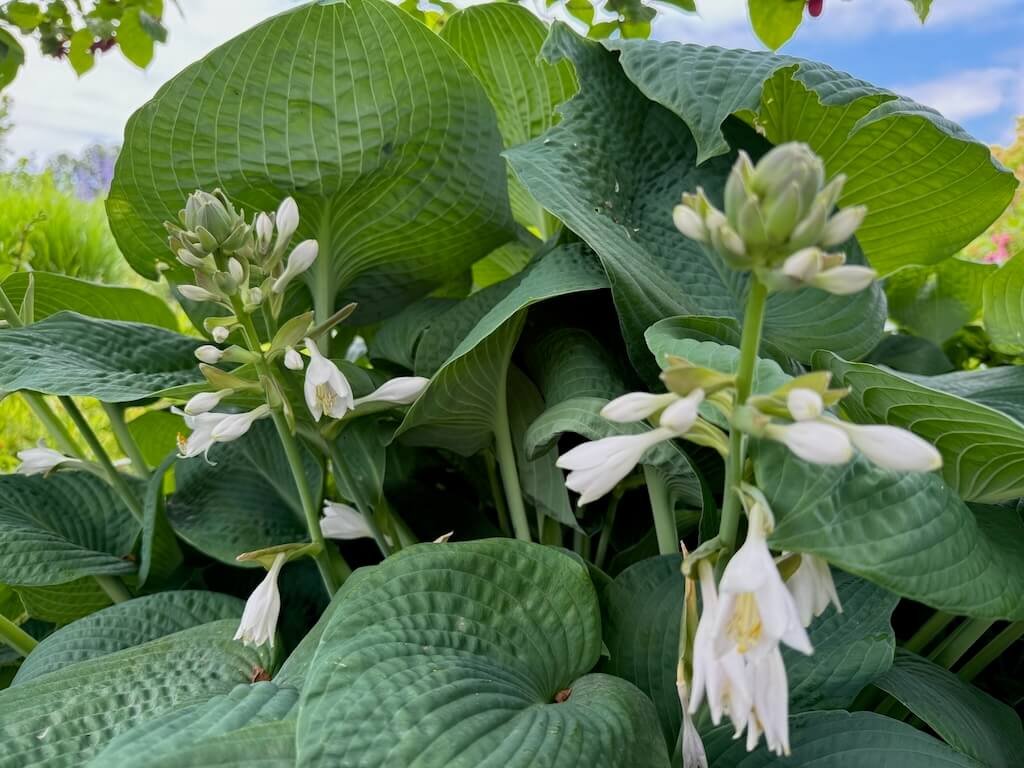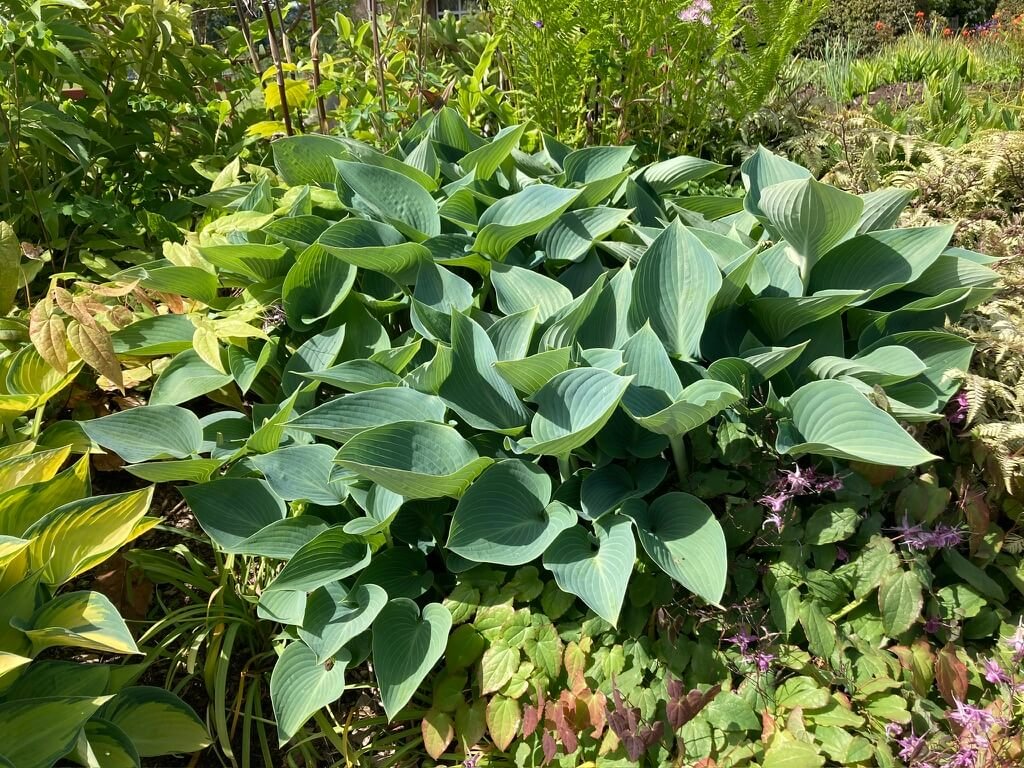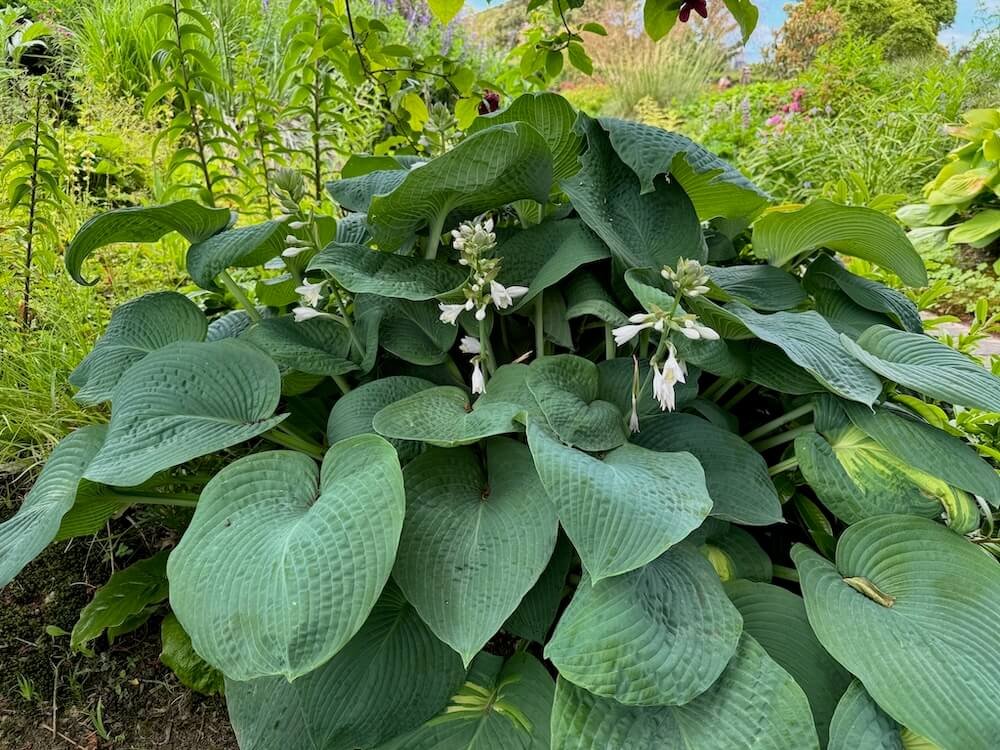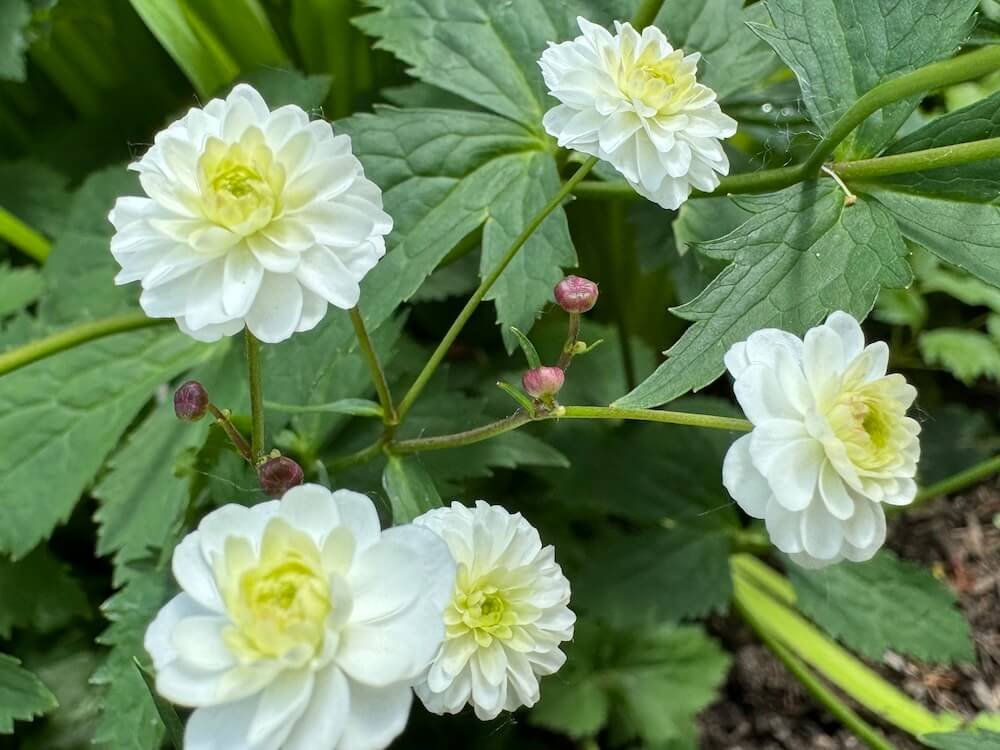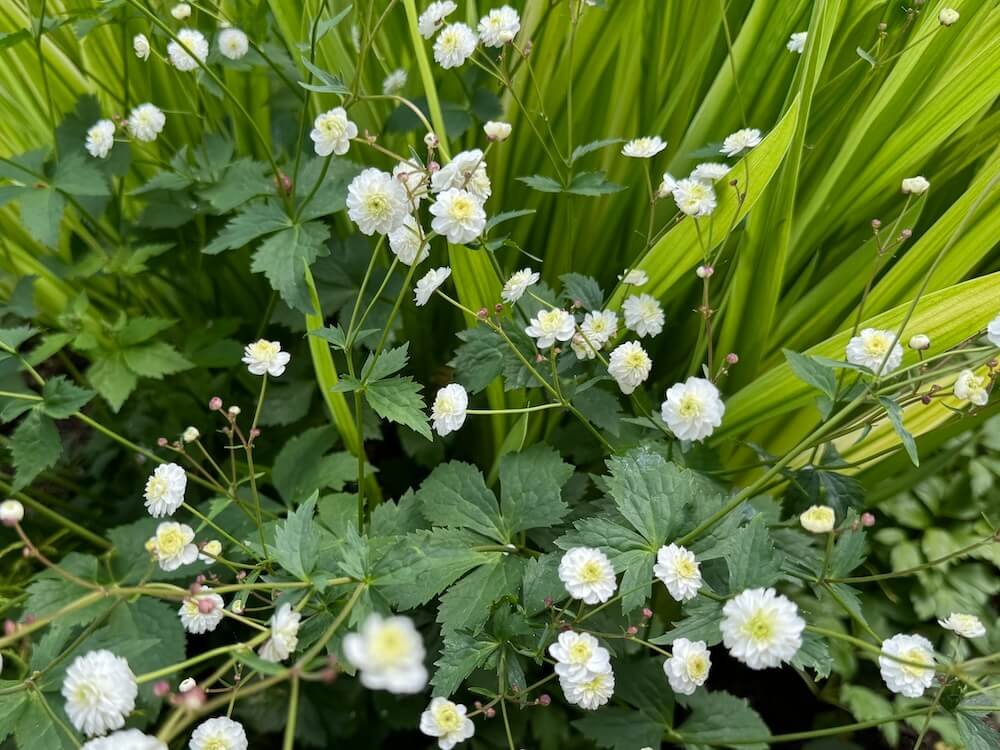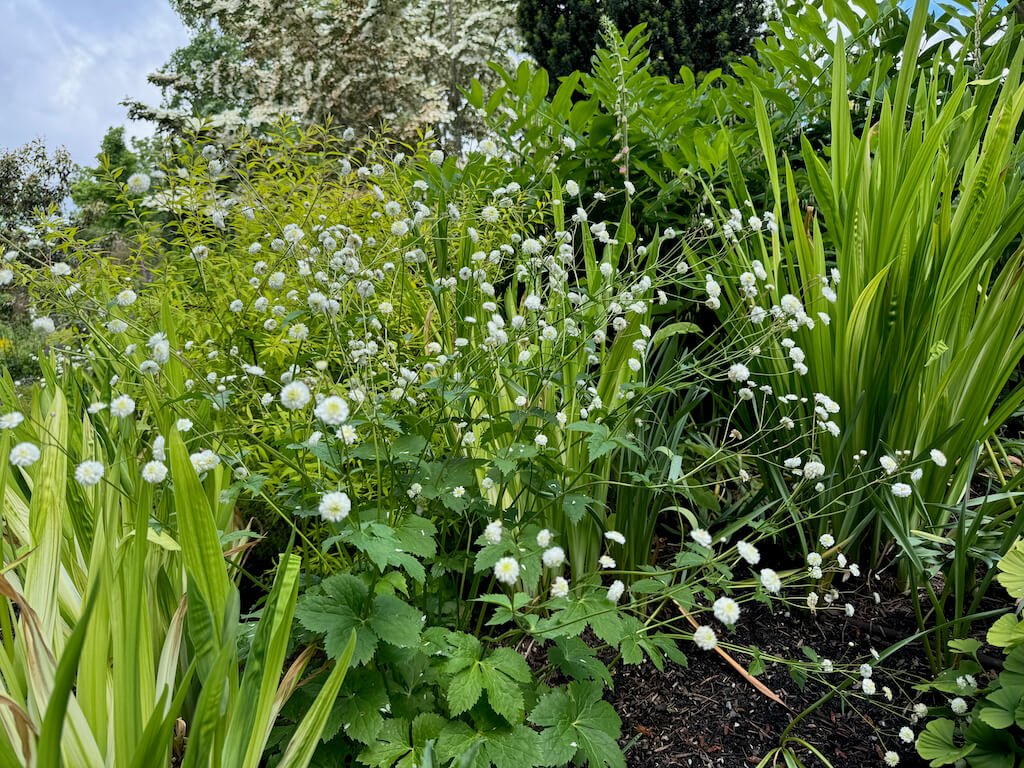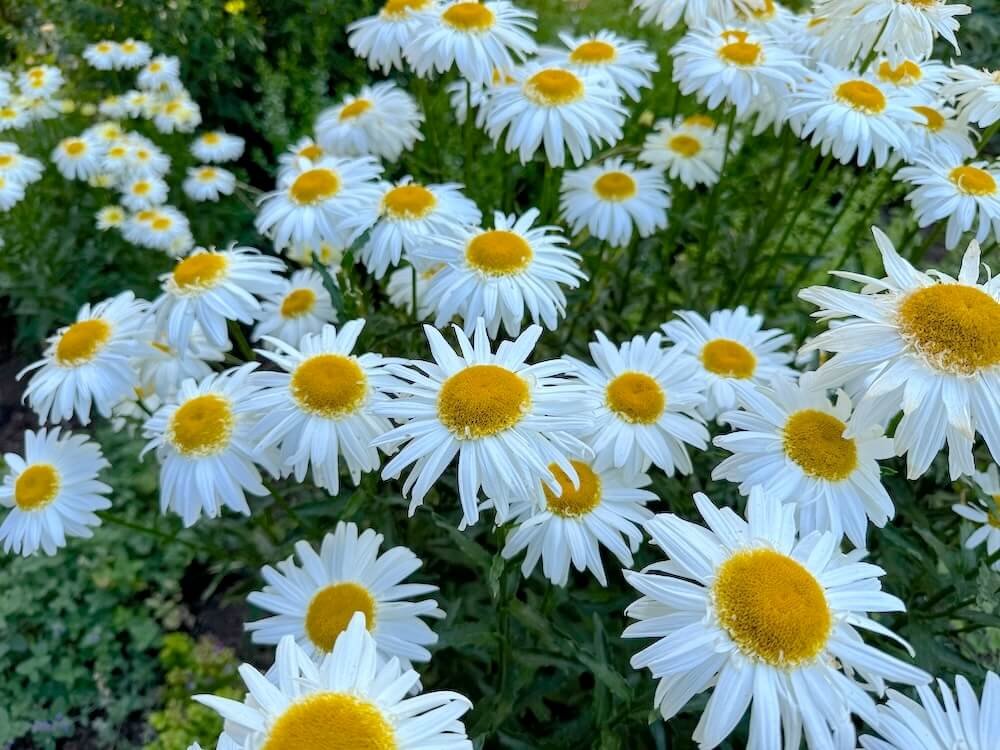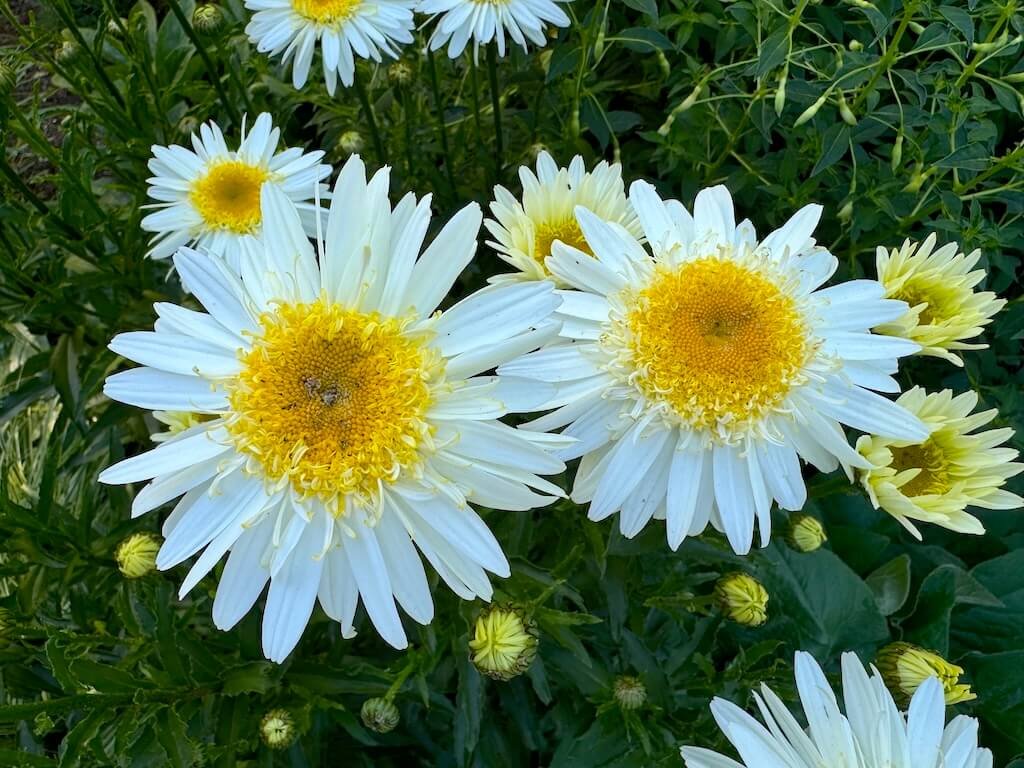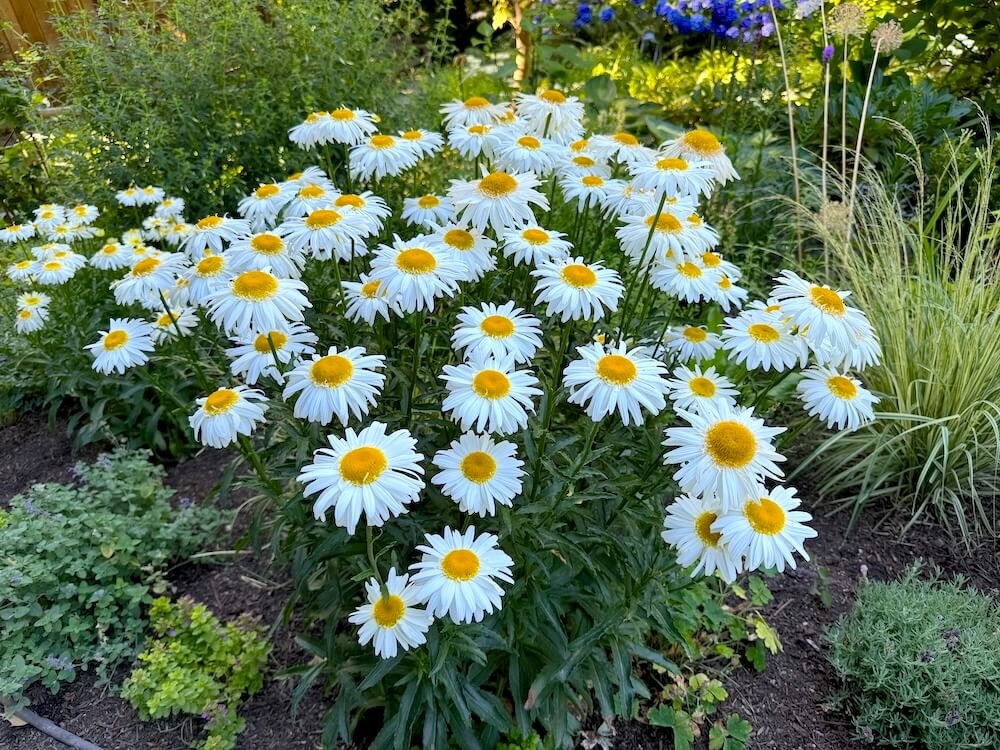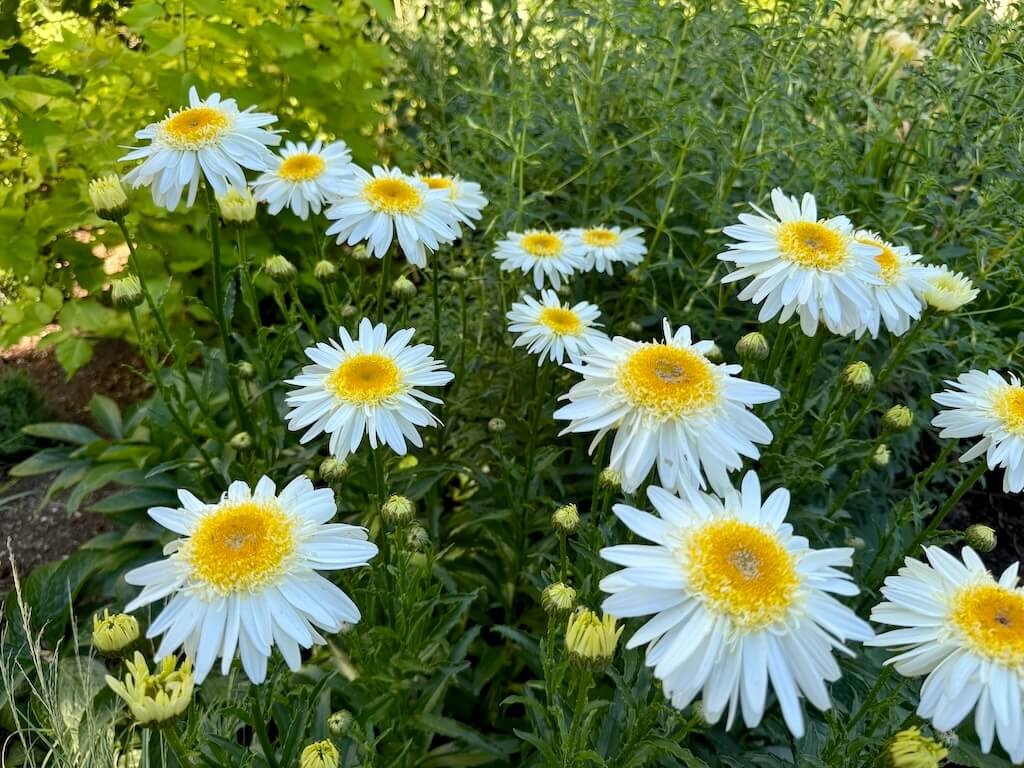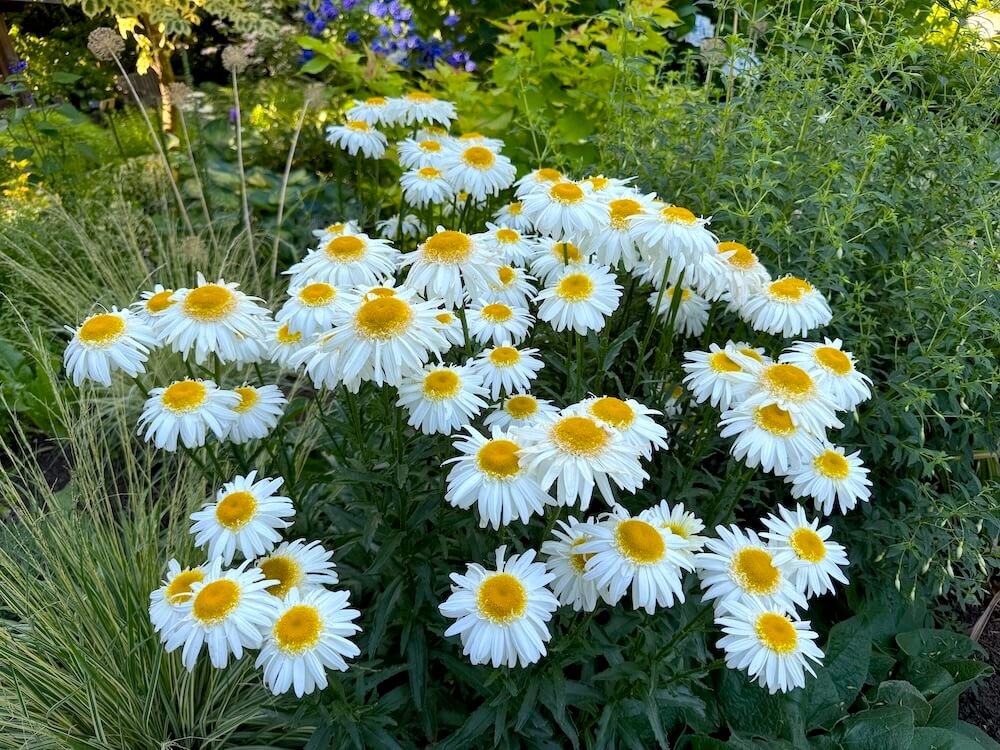DESCRIPTION
Phlox paniculata 'Nora Leigh' is a perennial plant native to North America. It blooms from mid-summer to early fall, producing clusters of pale pink to white flowers with a darker pink eye. These blooms are held in upright panicles, adding a soft, airy texture to the garden. The plant features variegated foliage, with creamy white leaves accented by green centers, providing visual interest even when not in bloom.
'Nora Leigh' is known for its resistance to powdery mildew, a common issue in many phlox varieties. Its variegated leaves add brightness to garden borders, cottage gardens, or cutting gardens. The plant attracts pollinators such as butterflies and hummingbirds, enhancing garden biodiversity.
DESCRIPTION
Phlox paniculata 'Nora Leigh' is a perennial plant native to North America. It blooms from mid-summer to early fall, producing clusters of pale pink to white flowers with a darker pink eye. These blooms are held in upright panicles, adding a soft, airy texture to the garden. The plant features variegated foliage, with creamy white leaves accented by green centers, providing visual interest even when not in bloom.
'Nora Leigh' is known for its resistance to powdery mildew, a common issue in many phlox varieties. Its variegated leaves add brightness to garden borders, cottage gardens, or cutting gardens. The plant attracts pollinators such as butterflies and hummingbirds, enhancing garden biodiversity.

